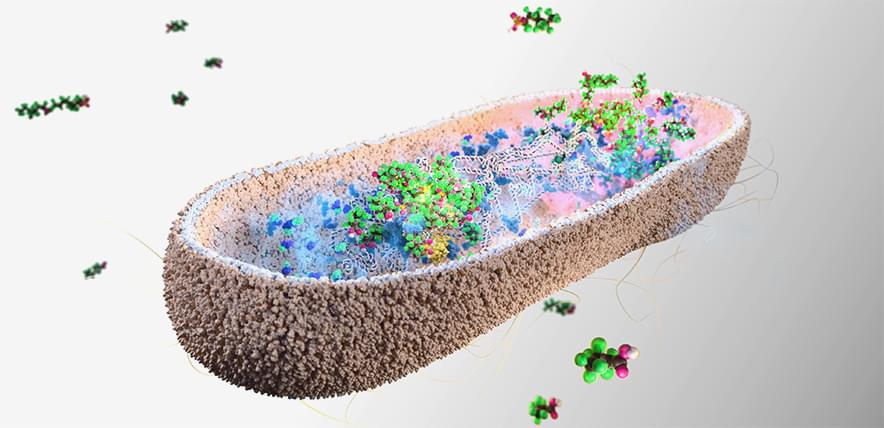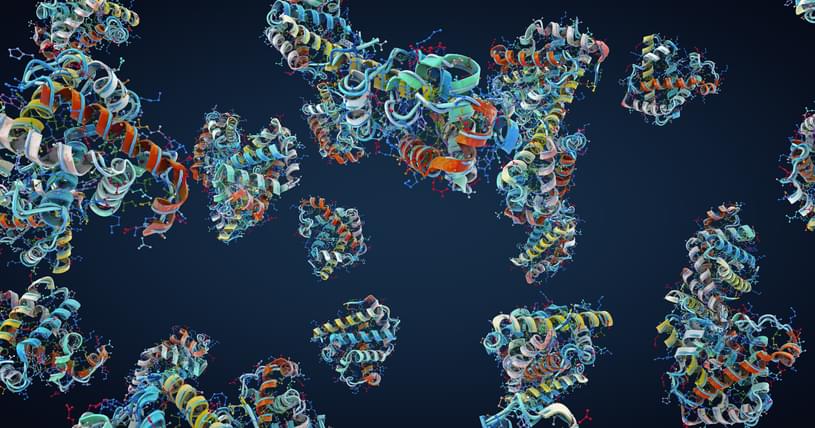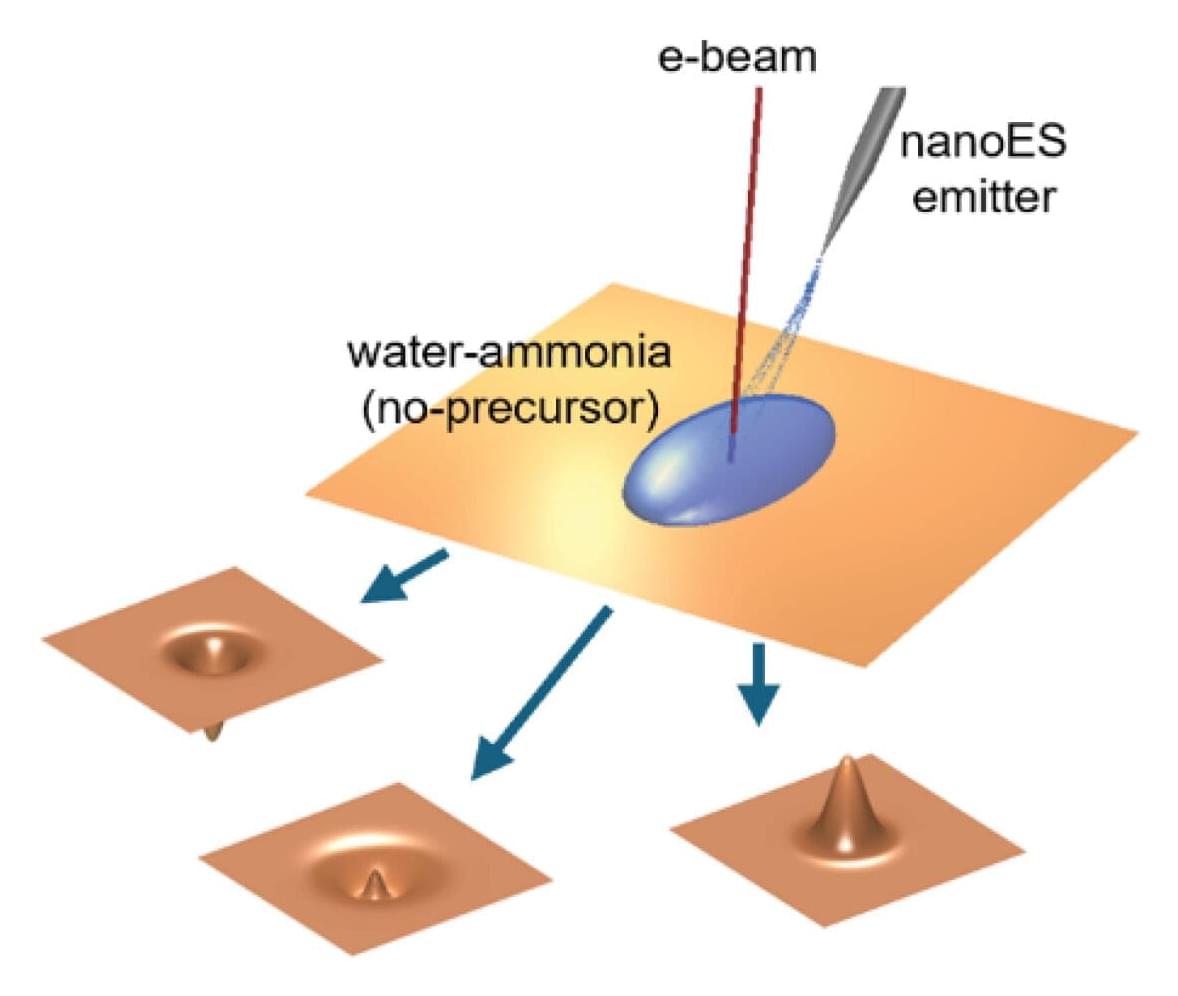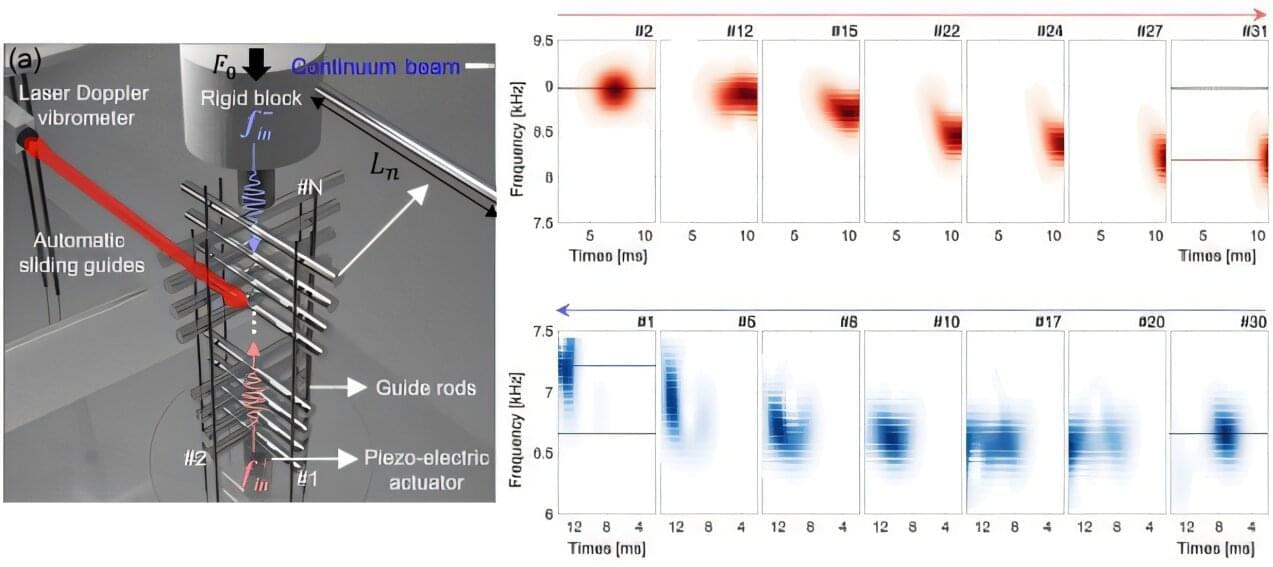In this week’s edition of The Prototype, we look at a quantum computing milestone for biotech, a new way to get forever chemicals out of the water supply and more.



A new material developed by researchers from University of Toronto Engineering could offer a safer alternative to the nonstick chemicals commonly used in cookware and other applications.
The new substance repels both water and grease about as well as standard nonstick coatings—but it contains much lower amounts of per-and polyfluoroalkyl substances (PFAS), a family of chemicals that have raised environmental and health concerns.
“The research community has been trying to develop safer alternatives to PFAS for a long time,” says Professor Kevin Golovin, who heads the Durable Repellent Engineered Advanced Materials (DREAM) Laboratory at U of T Engineering.

PFAS have been linked with a range of health issues including decreased fertility, developmental delays in children, and a higher risk of certain cancers and cardiovascular diseases.
Scientists at the University of Cambridge have identified a family of bacterial species, found naturally in the human gut, that absorb various PFAS molecules from their surroundings. When nine of these bacterial species were introduced into the guts of mice to ‘humanise’ the mouse microbiome, the bacteria rapidly accumulated PFAS eaten by the mice — which were then excreted in faeces.
The researchers also found that as the mice were exposed to increasing levels of PFAS, the microbes worked harder, consistently removing the same percentage of the toxic chemicals. Within minutes of exposure, the bacterial species tested soaked up between 25% and 74% of the PFAS.
The results are the first evidence that our gut microbiome could play a helpful role in removing toxic PFAS chemicals from our body — although this has not yet been directly tested in humans.
Scientists have discovered that certain species of microbe found in the human gut can absorb PFAS — the toxic and long-lasting ‘forever chemicals.’ They say boosting these species in our gut microbiome could help protect us from the harmful effects of PFAS.

Interestingly, the model remained accurate despite the diversity of natural domains and the divergence over such a long time span—some domains sharing less than 25% of their sequences between species.
“Evolution didn’t have to sift through an entire universe of sequences. Instead, the biochemical laws of folding create a vast, forgiving landscape for natural selection,” said Escobedo.
The field of protein engineering and design often relies on the concept that making small incremental changes to structure, followed by experimentally screening variants, is necessary. However, with the increasing use of machine learning and AI, this expectation is increasingly being pushed aside. The present work suggests that while not all proteins with significant core changes are functional, large-scale redesigns, including changes to core domains, may retain stability, challenging assumptions that such regions are off-limits.

Creating complex structures at the tiniest scales has long been a challenge for engineers. But new research from Georgia Tech shows how electron beams, already widely used in imaging and fabrication, can also be used as ultra-precise tools to both carve and build structures out of materials like copper.
The research group of Professor Andrei Fedorov at the George W. Woodruff School of Mechanical Engineering has discovered a technique that uses focused electron beams in a liquid environment to either remove or deposit copper, depending entirely on the surrounding chemistry.
By tuning the amount of ammonia in the solution, the researchers were able to control whether the beam etched away the material or deposited it, effectively allowing 3D sculpting at the atomic level.

A research team in Korea has experimentally demonstrated, for the first time in the world, a nonlinear wave phenomenon that changes its frequency—either rising or falling—depending on which direction the waves come from.
Much like Janus, the Roman god with two faces looking in opposite directions, the system exhibits different responses depending on the direction of the incoming wave. This groundbreaking work opens new horizons for technologies ranging from medical ultrasound imaging to advanced noise control.
The joint research team, led by Professor Junsuk Rho of POSTECH’s Departments of Mechanical Engineering, Chemical Engineering, Electrical Engineering, and the Graduate School of Convergence Science and Technology, along with Dr. Yeongtae Jang, Ph.D. candidate Beomseok Oh, and Professor Eunho Kim of Jeonbuk National University, has experimentally demonstrated a phenomenon of bidirectional asymmetric frequency conversion within a granular phononic crystal system.




The Chinese military is building sophisticated biological weapons and small-scale electronic tools made with nanotechnology that could be used in covert warfare, a major study warns.
“China’s invisible arsenals encompass a range of advanced weaponry that are distinctly focused on providing the Chinese Communist Party with a range of asymmetric warfare options, including the delivery of biological, biochemical and neurobiological weapons on target populations,” according to a report by three open-source intelligence analysts.
The People’s Liberation Army, or PLA, is developing nanoweapons using highly sophisticated microscopic materials that enhance the effects of biological weapons, according to the report, titled “In the Shadows of Science: Unravelling China’s Invisible Arsenals of Nanoweapons.” It was made public earlier this month.